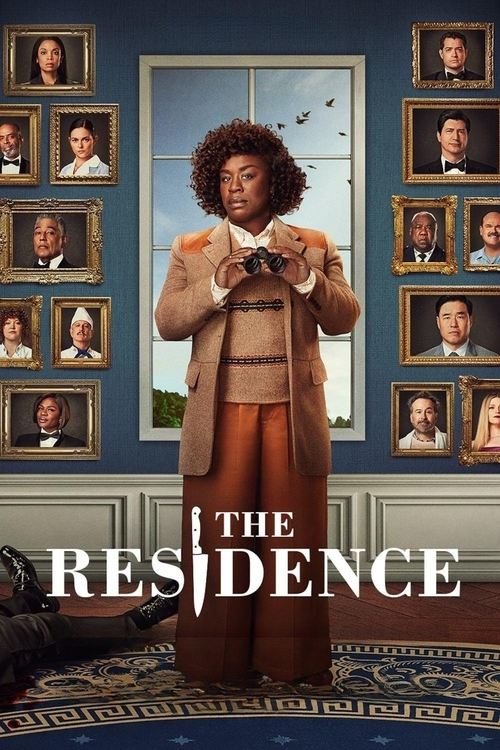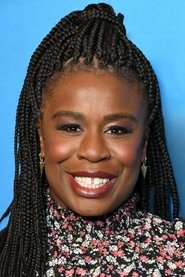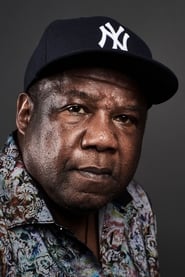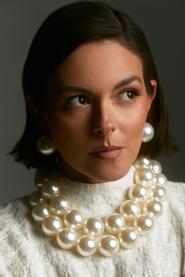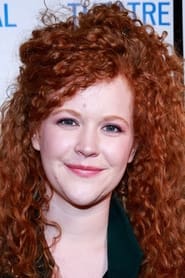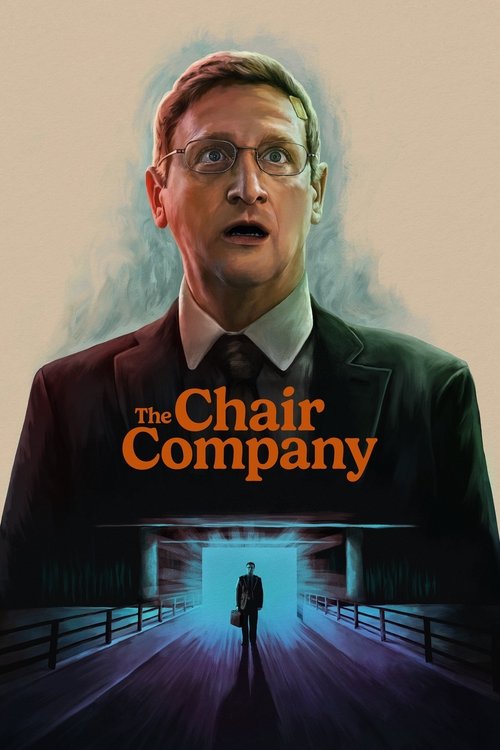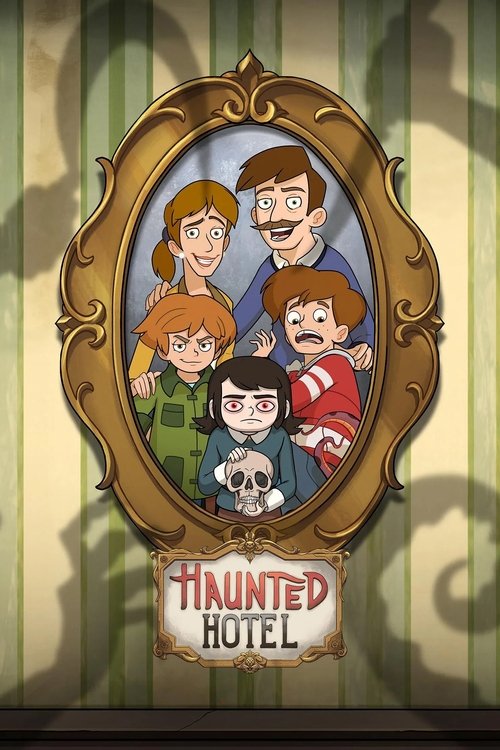
Ask Your Own Question
What is the plot?
Cordelia Cupp, an eccentric detective and birding enthusiast, arrives at the White House to investigate the murder of A.B. Wynter, the White House head usher, which occurred during a state dinner for the Australian prime minister. The series opens with the chaotic aftermath of the murder, where Cupp begins her inquiry by interviewing the eclectic staff and guests present at the event. She explains to her nephew on a birding trip how her childhood experience searching for her sister's missing sock led to her first case, establishing her unique investigative style.
At the state dinner, it is revealed that Sheila Cannon, a staff member, feared she would be fired by Wynter for drunkenly fraternizing with guests. Instead of delivering a bottle of vodka to Nan Cox, another staffer, Sheila drinks it herself in the Game Room. While there, she notices someone entering Room 301. The coroner's preliminary findings indicate that Wynter died about thirty minutes before Nan discovered his body, suggesting the body was moved after death. The cause of death was a blow to the head, but the body also shows signs of poisoning, and the cuts on the wrists were inflicted post-mortem.
Cupp examines Room 301 and finds a bloodstain hidden beneath fresh paint, indicating an attempt to cover up evidence. Throughout her investigation, she refuses to label anyone as a suspect but instead refers to them as "interesting" people, focusing her attention on key individuals including Rylance, Marvella, Gotthard, Sheila, and Wynter himself. The investigation reveals complex interpersonal conflicts among the White House staff, exposing secrets and tensions that complicate the case.
A flashforward scene shows a Senate hearing where several main characters testify about the events of the night, including Park, Cupp's FBI counterpart, who explains Cupp's unconventional methods and her detailed notes on the people involved. The hearing underscores the political and personal stakes surrounding the murder, as the White House staff and administration face intense scrutiny.
As the investigation progresses, Cupp uncovers layers of deception and hidden motives among the staff. She pieces together the timeline of events on the night of the murder, including who had access to the Game Room and Room 301, and who might have had reasons to harm Wynter. The series highlights the intricate dynamics "upstairs, downstairs, and backstairs" in the White House, showing how the personal lives and ambitions of the staff intersect with the official functions of the residence.
Throughout the episodes, Cupp's bird-watching hobby serves as a metaphor and a tool for her investigative process, helping her notice details others overlook. The series blends mystery with moments of comedy and drama, featuring a star-studded ensemble cast portraying the diverse and often quirky characters who work in the White House.
The climax reveals the true sequence of events leading to Wynter's death, including the identity of the murderer and their motive, which ties back to the interpersonal conflicts and secrets uncovered during the investigation. The resolution also addresses the aftermath of the murder on the White House staff and the political implications of the scandal.
The final scenes show the conclusion of the Senate hearing and Cupp's reflections on the case, emphasizing her unique approach to justice and the complexities of life within the White House residence. The series ends with a sense of closure on the murder case but leaves open the ongoing challenges faced by the characters in their personal and professional lives.
What is the ending?
At the end of The Residence Season 1, Detective Cordelia Cupp reveals that the murderer of White House Chief Usher A.B. Wynter is Lilly Schumacher, the White House social secretary. Lilly poisoned Wynter with a deadly herbicide and then finished him off with a clock when he realized the danger. After the murder, Wynter's body was moved multiple times by other characters trying to cover their own tracks, culminating in a staged suicide scene. Lilly is arrested, bringing closure to the case, while Cordelia returns to her birdwatching hobby, leaving open the possibility of future investigations.
The final episode, titled "The Mystery of the Yellow Room," begins by revisiting the chaotic night of the state dinner at the White House. Detective Cordelia Cupp methodically retraces Wynter's movements and interactions with the staff and guests, each of whom had potential motives. The investigation is complicated by the fact that Wynter had many enemies among the White House personnel, including rival chefs, engineers, and housekeepers.
Cordelia gathers all the key players in the White House and leads them through the rooms, observing their reactions closely. The breakthrough comes in the Yellow Oval Room, where Cordelia notices subtle changes in the environment, such as the repositioning of paintings, which help her deduce the murder's location and method.
It is revealed that Lilly Schumacher poisoned Wynter by secretly taking herbicide from the gardening shed and adding it to a drink she offered him under the pretense of reconciliation. When Wynter sensed something was wrong, Lilly panicked and struck him with a vase, which failed to kill him. She then used a clock to deliver the fatal blow. After the murder, she hid the clock in the passageway between the Yellow Oval Room and the Treaty Room to secure her alibi and returned to the state dinner as if nothing had happened.
Following the murder, Wynter's body was moved multiple times. Bruce and Elsyie, each suspecting the other of the crime, dragged the body through different rooms to confuse the investigation. Eventually, Tripp Morgan found the body in the Game Room, where he staged a suicide by adding fake wrist lacerations and leaving a suicide note. Tripp's actions further complicated the investigation but were ultimately uncovered by Cordelia.
In the final scenes, Cordelia confronts Lilly with the evidence, leading to Lilly's breakdown and confession. Lilly is arrested, and the scandal leaves a lasting stain on the White House administration. Cordelia, having solved the case, returns to her passion for birdwatching, signaling a return to normalcy but also readiness for future mysteries.
The fates of the main characters at the end are as follows:
- Lilly Schumacher: Arrested for the murder of A.B. Wynter.
- A.B. Wynter: Deceased, his murder is the central mystery.
- Cordelia Cupp: Successfully solves the case and returns to her birdwatching hobby.
- Tripp Morgan: Revealed to have moved the body and staged the suicide but not charged with murder.
- Other staff and guests remain implicated in the broader scandal but are not directly punished for the murder.
This detailed ending highlights the complex web of deception and the pressures within the White House, emphasizing that even in the highest echelons of power, crimes cannot remain hidden indefinitely.
Is there a post-credit scene?
The TV show "The Residence," Season 1 (2025), does not have a traditional post-credit scene. However, the final episode (episode 8) ends with a dedication to Andre Braugher, an actor who was originally cast and had filmed scenes for the series but passed away during production. The series creator, Paul William Davies, chose to place this dedication at the very end of the finale as a poignant tribute, emphasizing that Braugher was an integral part of the project and is not forgotten.
No additional post-credit scenes or extra footage after the credits have been reported for this season. The series concludes with the resolution of the murder mystery and the dedication tribute.
What are the 5 most popular questions people ask about The Residence, Season 1 (2025) that deal specifically with the story content, excluding 'what is the overall plot?' and 'what is the ending?'
The five most popular story-related questions people ask about The Residence, Season 1, excluding the overall plot and ending, are:
-
Who are the main suspects and what are their motives? Viewers are intrigued by the multiple characters, each with their own backstory and potential motives, making the mystery complex and engaging.
-
How does Detective Cupp's character influence the investigation? Her unique personality and analogies add depth to the story and are frequently discussed.
-
What are the key twists and red herrings throughout the series? The show is noted for its thick plot with many cobwebs and unexpected developments that keep viewers guessing.
-
How do the individual character subplots intertwine with the main mystery? Each character has their own plot and motivation, which adds layers to the story and affects the investigation.
-
How does the setting of the state dinner and the residence itself contribute to the story? The confined setting with guests all having motives creates a classic mystery atmosphere reminiscent of Agatha Christie and similar works.
These questions reflect audience engagement with the story's characters, mystery elements, and narrative structure beyond just the plot summary or conclusion.
What are the 5 most popular questions people ask about The Residence Season 1 that deal specifically with the story content, excluding 'What is the overall plot?' and 'What is the ending?'
The five most popular story-related questions people ask about The Residence Season 1 are:
- Who is the killer in the series, given that the identity remains unsolved until the last minutes?
- How do the individual character plots and motivations intertwine throughout the season?
- What role does Cordelia Cupp, the Metropolitan Police Department consultant, play in solving the mystery?
- How does the show balance its lighthearted tone with the murder mystery elements?
- Are there any significant red herrings or misleading clues that affect the viewer's perception of the story?
These questions focus on the narrative details, character development, and storytelling techniques that engage viewers beyond the basic plot and ending.
Is this family friendly?
The Residence, Season 1 (2025), is rated TV-MA and is not family friendly for children or sensitive viewers. It contains severe profanity with frequent use of strong language including many f-words, mild sexual content (a fully clothed sex scene with audible sexual sounds but no nudity), and mild violence including brief depiction of a dead man's slit wrists. The series also touches on suicide and murder, which may be upsetting. Additionally, there are political themes and some intense moments, though these are mild in terms of fright. Overall, the mature language, adult themes, and some disturbing content make it unsuitable for children or those sensitive to such material.
Does the dog die?
In the TV show "The Residence," season 1 (2025), the dog named Shirley does not die. Shirley is the pet dog of President Perry Morgan and his husband Elliot Morgan. While Shirley witnesses some suspicious events related to the murder investigation in the White House, the dog remains unharmed throughout the series. There is no indication or report of Shirley dying in the show.

